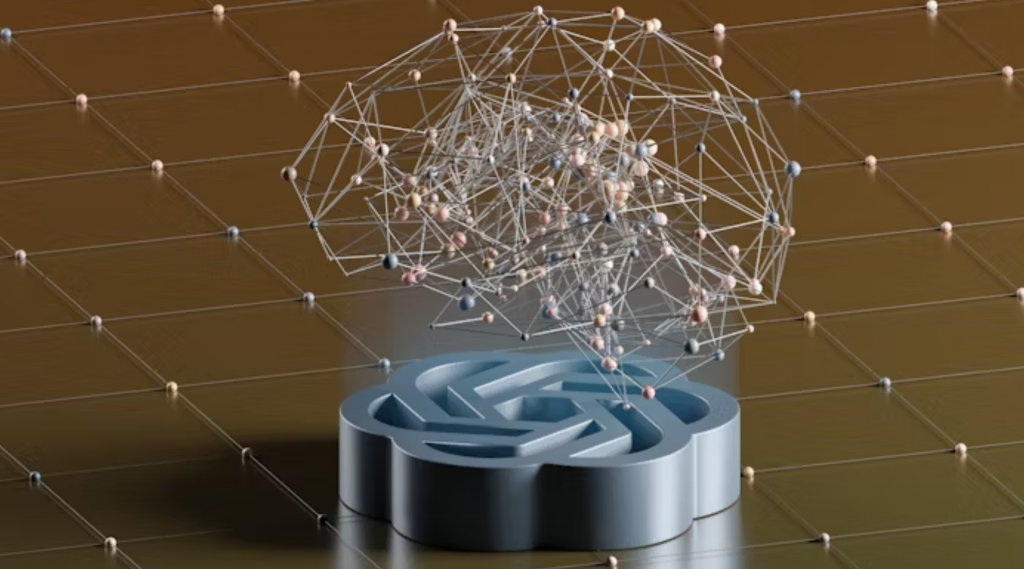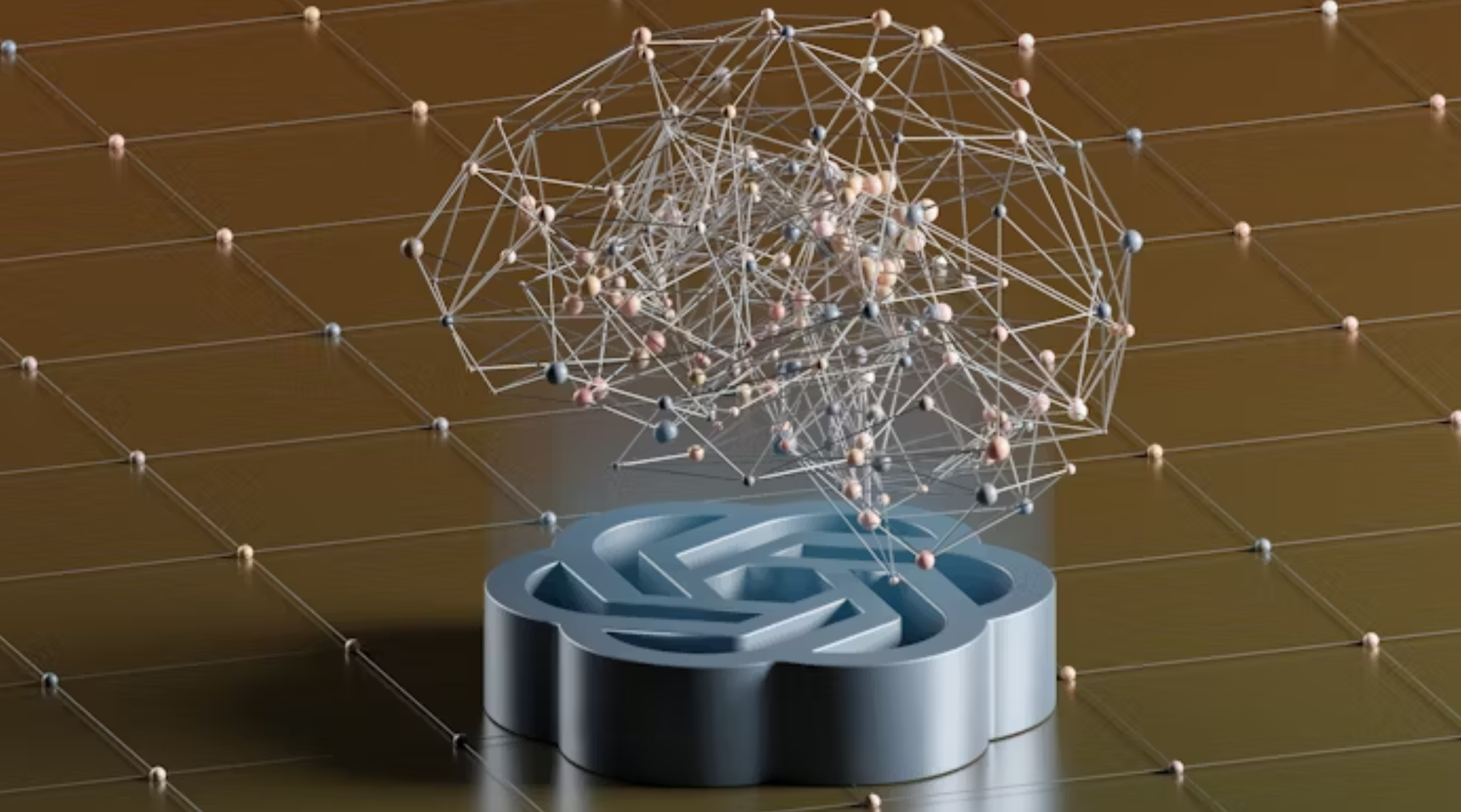Understanding The Basics Of Artificial Intelligence
Artificial intelligence (AI) has become a buzzword in today’s technology-driven world, but what exactly is AI and how does it work? At its core, AI refers to the simulation of human intelligence processes by machines, such as learning, reasoning, and problem-solving. Machine learning and deep learning are two key branches of AI that enable computers to learn from data and make decisions without explicit programming.
Machine learning algorithms allow machines to improve their performance on a task through experience, while deep learning algorithms use neural networks to simulate the human brain’s decision-making process. These technologies have revolutionized various industries, from healthcare to finance, by enabling predictive analytics and automation of complex tasks.
Understanding the basics of AI is essential for anyone looking to delve into the field of machine learning or deep learning. By grasping the fundamental concepts behind artificial intelligence, individuals can gain insight into how machines are able to perform tasks traditionally reserved for humans. As technology continues to advance at a rapid pace, having a solid understanding of AI will be crucial for staying relevant in an increasingly automated world.

Exploring Machine Learning Techniques
Machine learning is a subset of artificial intelligence that focuses on developing algorithms and statistical models that enable computers to learn and improve from experience without being explicitly programmed. There are various techniques used in machine learning, each serving a different purpose and offering unique advantages.
One common technique is supervised learning, where the model is trained on labeled data to make predictions or decisions based on new, unseen data. Unsupervised learning, on the other hand, involves training the model on unlabeled data to find patterns or structure within the data.
Reinforcement learning is another technique where the model learns through trial and error by receiving feedback in the form of rewards or penalties. This technique is often used in applications such as game playing or robotics.
Deep learning is a subset of machine learning that focuses on neural networks with multiple layers (hence the term “deep”). These networks are capable of automatically extracting features from raw data and have been very successful in tasks such as image recognition and natural language processing.
Delving Into The World Of Deep Learning
Deep learning is a subset of machine learning that focuses on algorithms inspired by the structure and function of the brain’s neural networks. These algorithms are designed to learn from large amounts of data to make predictions and decisions without being explicitly programmed.
One of the key components of deep learning is the use of neural networks, which are modeled after the interconnected neurons in the human brain. These networks consist of multiple layers that process information in a hierarchical manner, with each layer extracting increasingly complex features from the input data.
Deep learning has revolutionized many industries, including healthcare, finance, and transportation, by enabling machines to perform tasks that were once thought to be only possible for humans. For example, deep learning models have been used to diagnose diseases from medical images, predict stock prices based on market trends, and drive autonomous vehicles safely on roads.
By delving into the world of deep learning, researchers and practitioners can unlock new possibilities for artificial intelligence and continue pushing the boundaries of what machines can achieve.

